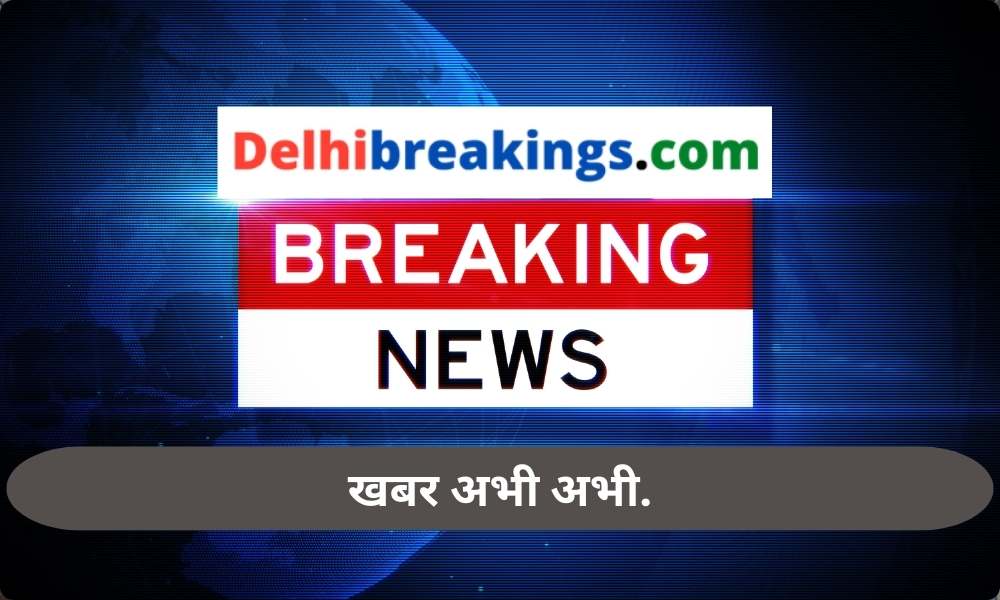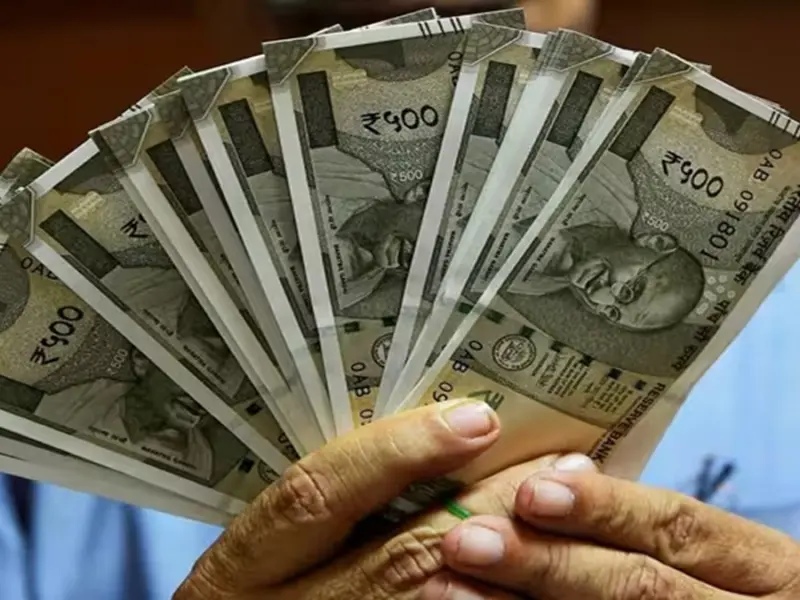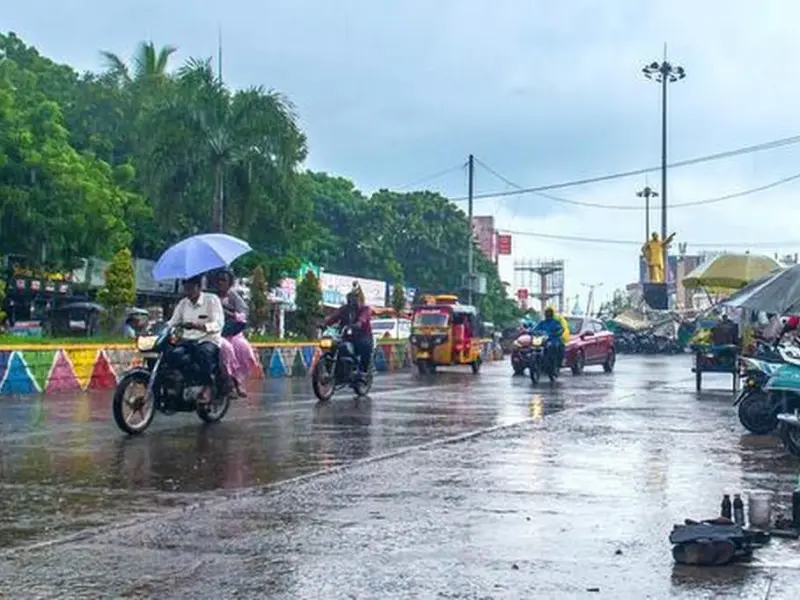The Delhi-Dehradun Expressway, commencing from Akshardham in Delhi, marks a significant development in road transportation. This blog post highlights the key features and progress of this expressway, which is set to drastically reduce travel time between Delhi and Dehradun.
Key Highlights
Route and Phases of the Expressway
- Starting Point: Begins at Akshardham, Delhi.
- Route Coverage: Passes through Shastri Park, Khajoori Khas, Mandola Bagpat, Khekra, Shamli, Saharanpur, and ends in Dehradun.
- Construction Phases: The expressway is being constructed in three phases. The first section connects Akshardham with the Kundli Palwal Expressway.
Progress and Expected Completion
- First Section: Spanning a total length of 31.6 kilometers, with about 18 kilometers being elevated.
- Elevated Road: Starts from Shastri Nagar, Delhi, and extends to Loni. Approximately 90% of the civil work is complete.
- Completion Date: The first section is expected to open for traffic by March 2024.
Benefits and Features
- Reduced Traffic Congestion: The elevated section will bypass densely populated areas like Geeta Colony, Khajoori Khas, Mandola, and Panchgaon, alleviating traffic jams.
- Travel Time: The expressway will cut down the travel time from Delhi to Dehradun from 6 hours to approximately 2.5 hours. The journey from Delhi to Haridwar will also be shorter by 2 hours, and reaching Rishikesh from Delhi will be possible within 3 hours.
Environmental Considerations
- Wildlife Corridor: The expressway will feature Asia’s longest wildlife corridor, ensuring that animals can cross safely without coming into contact with vehicles.
InShort Now.
The Delhi-Dehradun Expressway is a significant infrastructure project that will not only reduce travel time but also ease congestion and provide safe passage for wildlife. Its completion is eagerly anticipated and is expected to have a substantial impact on the connectivity and economy of the regions it passes through.





